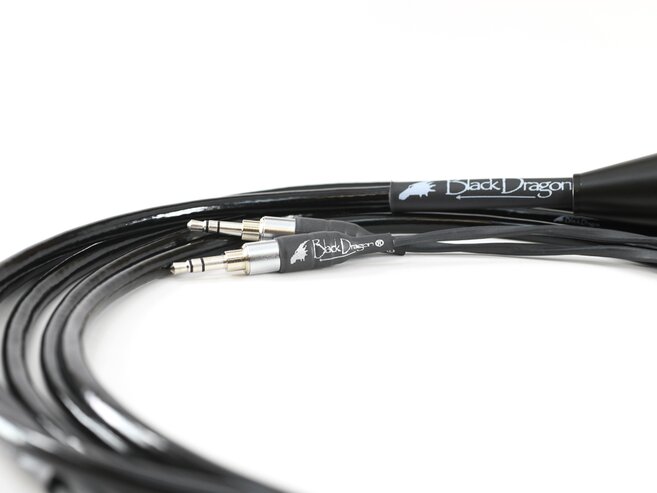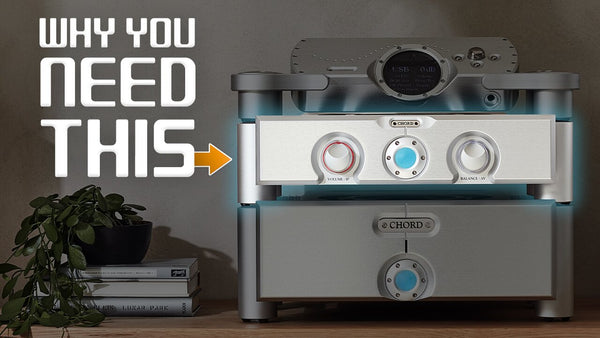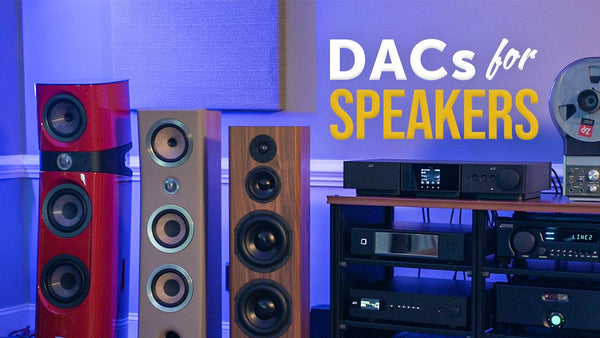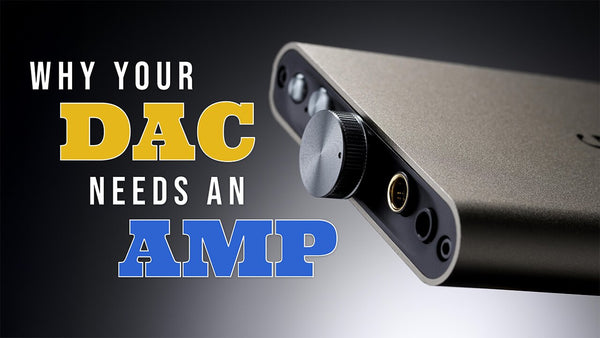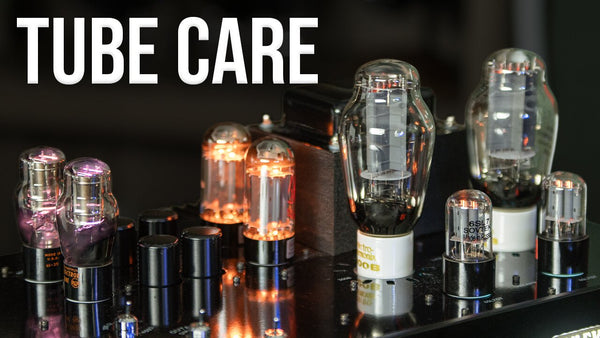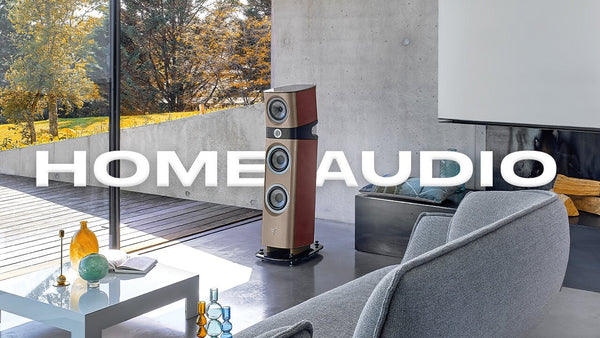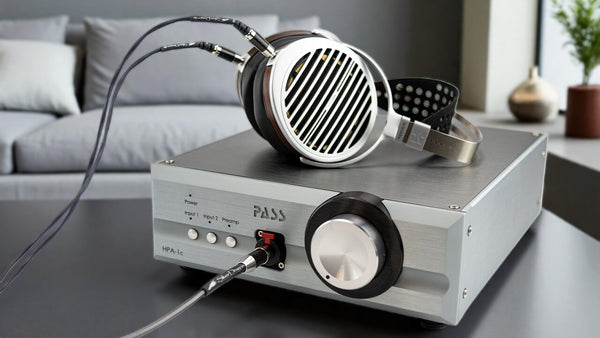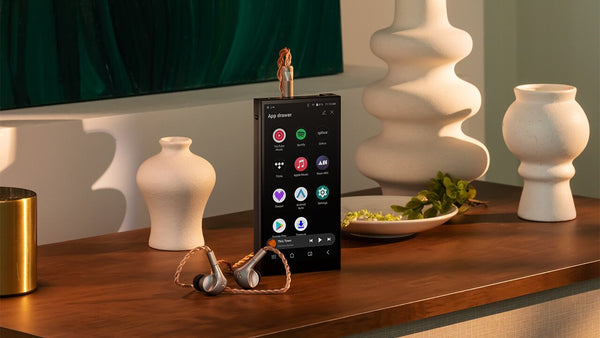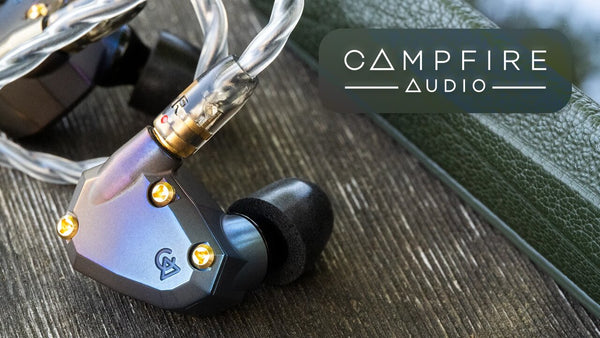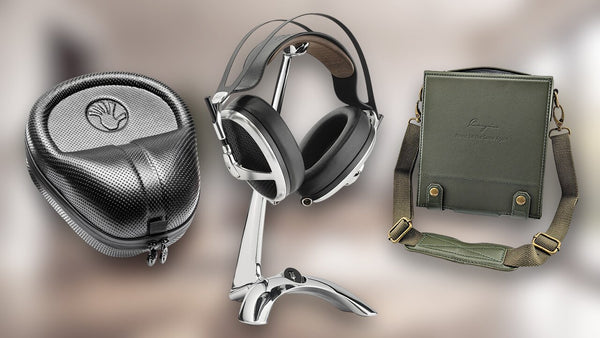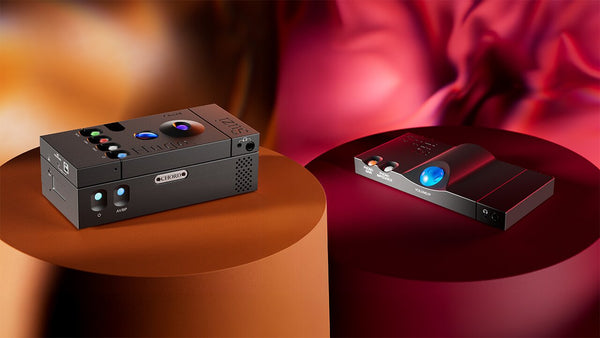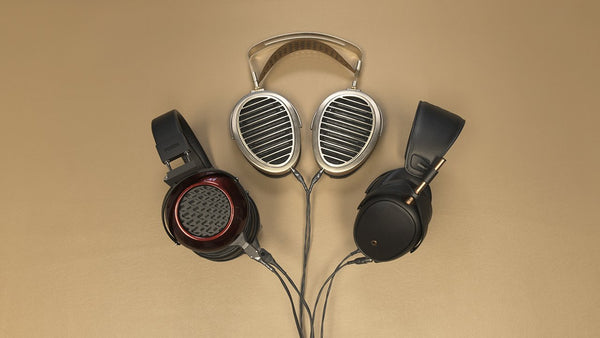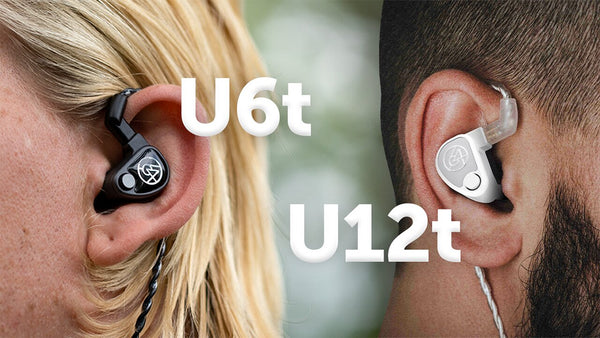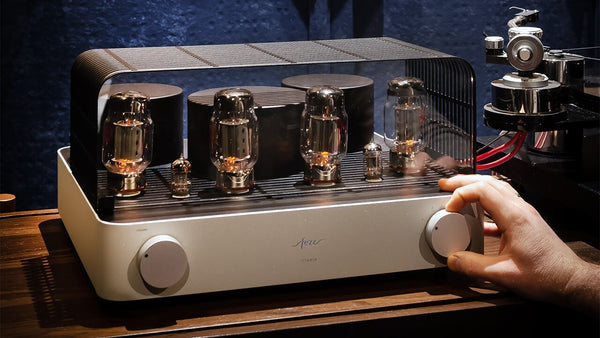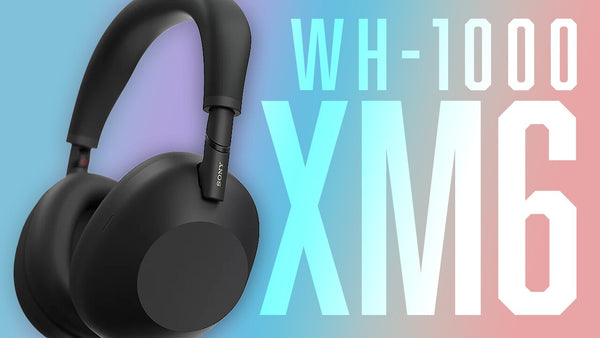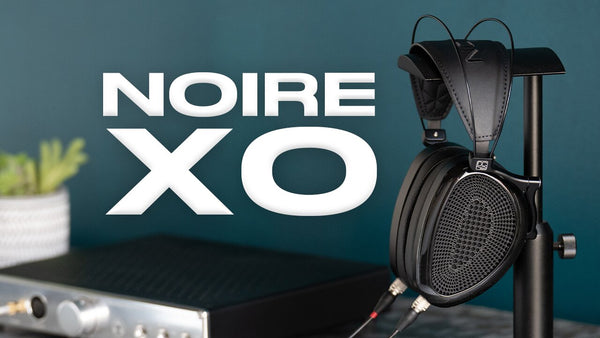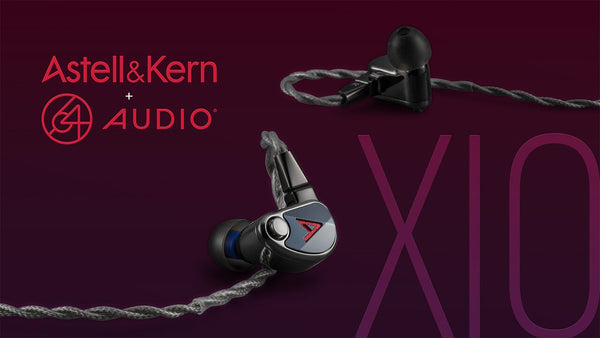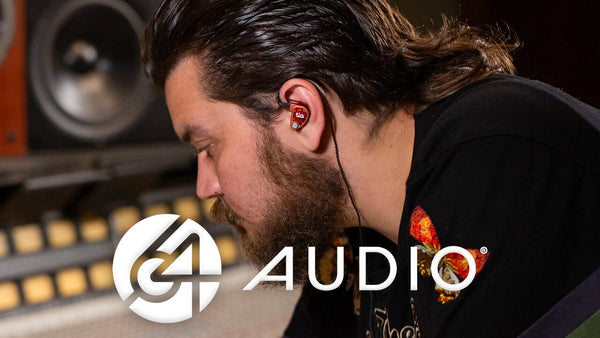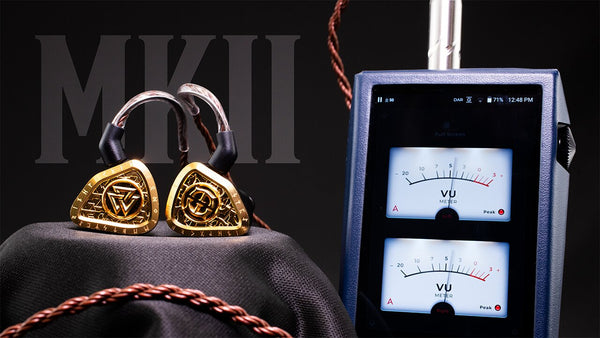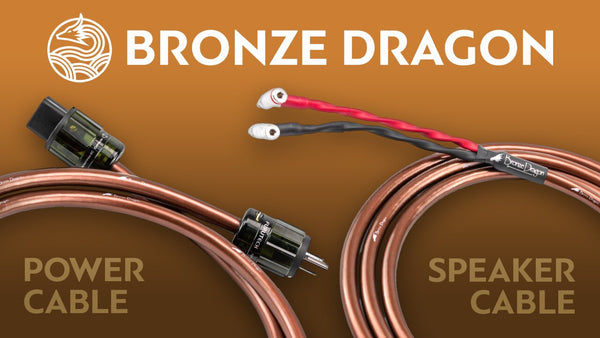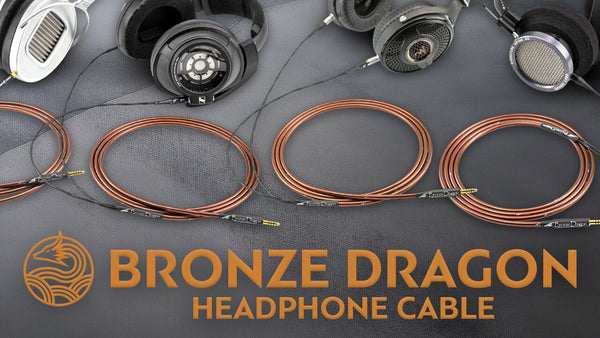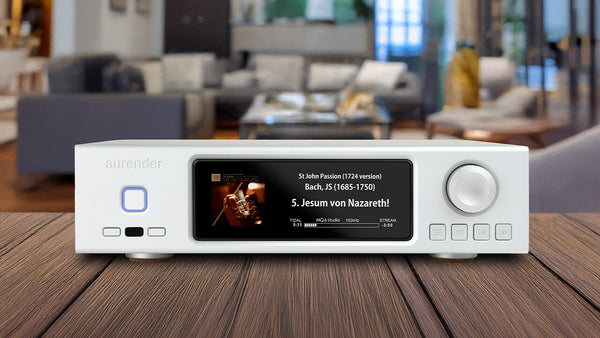Balanced vs. Unbalanced Headphones: Which is Better?

Why Your Headphones May Be Holding You Back: What Audiophiles Know
Arguably, one of the most common misconceptions in the world of audio equipment and recording studios is that headphones can be balanced and unbalanced. Whether you’re working with guitars, keyboards, or high-end audio gear, it’s important to understand that a headphone itself cannot be balanced or unbalanced. A headphone is essentially a set of speakers with a band that connects them together over your head, similar to how mono speakers or studio monitors work, so it's unable to do common-mode rejection. What's common-mode rejection? In each cable, you have two signal wires: a plus and a minus, and the ground line. Both the send and receive lines carry a copy of the signal, but with the polarities reversed. The receivers look at both ends, average out the signal-to-noise ratio, and get rid of the noise by flipping the polarity. This is called Common-Mode Rejection because the noise is the 'common' signal between the send and receive lines. All balanced cables utilize common-mode rejection.
So while there is no balanced headphone or unbalanced headphone, the connections to the headphone itself can be balanced or single-ended. Therefore, the question becomes is a balanced headphone amp or a single-ended headphone amp better? Let's look at some ways that amps create balanced connections and see how the overall design affects what will work best with your set of headphones.
Balanced vs. Unbalanced: The Basics
Q: Is Balanced Audio better than Single-Ended?
A: It Depends. There are a lot of details to think about: Determining what kind of "balance" you want (i.e. cables, amp, headphones), the circuitry/signal path of the amp, how a piece of equipment fits into your overall system, headphone, or IEM impedance. A/B testing units cable length, headphone compatibility, connector type, etc. In some cases single-ended sounds better than balanced and in other cases balanced sounds better than single-ended.
In professional audio setups, from recording studios to home systems, you'll encounter various cable types:
- XLR cables for balanced connections
- TRS cables for both balanced and unbalanced signals
- TS cables commonly used with guitars and keyboards
- RCA cables often used for phono connections
- Unbalanced cables for shorter cable runs
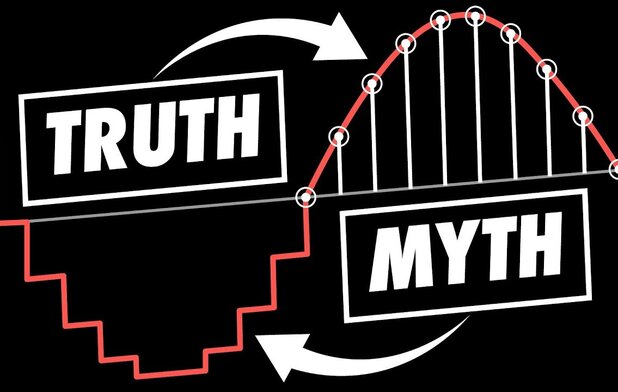
The idea that balanced audio is better than single-ended audio is a myth. The term "balanced" can refer to cables, signal path, and circuitry of amps. It's important to know that balanced cables work better in some scenarios and single-ended cables in others. Headphones cannot be balanced because they are just speakers, but the connection to a balanced or single-ended amplifier can make all the difference (though it depends on the amplifier and the headphones.) Balanced adapters are always a bad idea for single-ended cables because they can damage your gear.

BALANCED AUDIO
- Two signal wires (a plus and a minus) and the ground line
- Send and receive lines carry a copy of the signal with the polarities reversed
- Receivers average out the signal-to-noise ratio and get rid of noise by flipping the polarity
UNBALANCED AUDIO
- No dual polarity lines
- Ground wire carries part of the signal while shielding the main signal wire (polarity) from outside noise interference
- Line can act as an antenna picking up external noise sources
Q: What are Balanced Headphones
A: The phrase balanced headphones are not actually referring to the physical headphone itself. When you hear the phrase "balanced headphone" it's referring to the balanced connection and signal transmission method, rather than a specific headphone design. A headphone is nor balanced or unbalanced, it is the connection that is balanced or unbalanced (single-ended).
So to play along with the phrase "balanced headphone", a balanced headphone has a balanced connection where the audio signal is split into positive and negative components for each channel, plus a separate ground for each. Balanced headphones require a compatible balanced headphone amplifier or audio source to function properly.
Common balanced headphone audio connections are:
- Dual 3-pin XLR Connectors
- Single 4-pin XLR
- 2.5mm TRRS
- 3.5mm TRRS (not to be confused with 3.5mm TRS)
- 4.4mm TRRRS
Q: What are Single-Ended Headphones
A: As with the explanation above, a single-ended headphone means the headphones have a single-ended connection, and the physical headphone itself is not "single-ended". When you hear the phrase "single-ended headphone" it's referring to a single-ended/unbalanced connection and signal transmission, rather than a specific headphone design.
In a single-ended setup, the audio signal for both channels share a common ground. They use three wires total–one for the left channel, one for the right channel, one shared ground wire. Single-ended headphones are headphones that connect to an amplifier or audio source using a single-ended connection.
Common single-ended headphone audio connections are:
- 1/4" (6.35mm) TRS
- 1/8" (3.5mm) TRS
The main difference between single-ended and balanced headphones is how they connect to an amplifier, not the headphones themselves!
Is a Balanced Headphone Amp or Single-Ended Headphone Amp Better?
Now that you know what balanced headphones and unbalanced headphone are not, let's address the question that most people are really asking: Is a balanced headphone amp or a single-ended headphone amp better? Ultimately, there is no absolute answer–it depends on your existing gear, the circuitry, compatibility, and many other factors.
There are cases where single-ended amps sound better than balanced ones. It just depends on your personal system and what is right for you. Factors like impedance rating and the quality of the cable matter more than if you have a balanced or single-ended connector on your headphones. You can also create custom cable solutions to make your headphones compatible (balanced or single-ended) with certain hardware but doing so does not make the headphones themselves "balanced" or "single-ended."
Do Headphone Amps make a difference?
A: Yes! Headphone amplifiers can make a significant difference for both balanced and single-ended (unbalanced) headphones. Let's look at some ways that amps create balanced connections and see how the overall design affects what will work best with your set of headphones.
Balanced vs. Unbalanced Audio Gear: Everything You Need to Know
Balanced vs. Unbalanced Audio. Which is better and what amp do you need for your setup?
Operational Amplifiers vs. Transformers
Balanced circuits between components can be done in two different ways: operational amplifiers and transformers.
You can work with operational amplifiers (opamps) and split the single-ended circuitry into dual-operational amps to create a balanced connection, though doing so would not create a true balanced circuit. It would be considered a pseudo-balanced circuit because the circuit internally is single-ended but is transferred/converted to a balanced circuit just to do common-mode rejection between the two components. For reference, a “true” balanced connection would be balanced from input to output, without requiring operational amplifiers or transformers for signal conversion.
The Bryston BHA-1 Headphone Amplifier is not a 'true' balanced headphone amp even though it has balanced inputs and balanced outputs. They use operational amplifiers by changing the input to single-ended, installing a single-ended circuit, and changing it to a balanced output for the headphone jack.
Then we have balanced headphone amps like our Dragon Inspire, which has a transformer-coupled output. A transformer doesn't care whether the input or output is balanced or single-ended. In the Dragon Inspire IHA-1 Tube Headphone Amp, we have a single-ended tube (SET) design, which sends the signal to the transformer, which then splits the positive and negative from each other so we can have a 4-pin XLR for balanced output on the headphone jack.
A transformer is a winding of coils and the signal essentially jumps from one coil to another. It strips all the noise, it doubles the power, and separates the left and right channels, grounds, etc.
The Differential Amplifier
When talking about "balanced" headphones and any kind of similar headphone amp, we are essentially referring to a differential amplifier or differential signaling. If you think about an old two-channel car stereo, you could bridge each channel together and get double the output/power. It might not always be double the power output (it really depends on the circuit), but ultimately, you've increased the overall output. You've also made the circuit more efficient. Not only is it more powerful but it's also a lot quieter because it operates at a lower load capacity on the power supply, etc. Differential amplifiers are a type of operational amplifier, which are a core component of achieving this balanced circuitry.
Any headphone amp is what we call a differential amplifier circuit. It's not a common-mode rejection. You can't do common-mode rejection with a headphone because it's a speaker. There's no send and receive - you're just sending the signal to the headphones–so it's different. People get very confused about that.
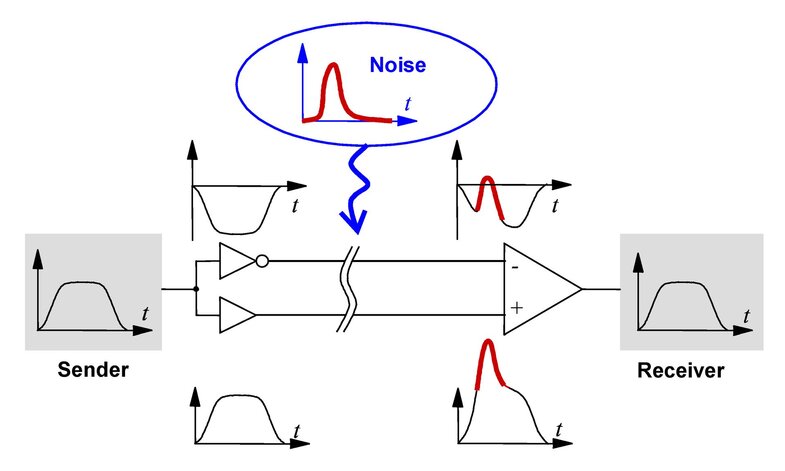
Common-mode rejection can also work as a splitter to make the lines quieter. Not a lot of products are "truly" balanced. You'll see more headphone amps that are truly balanced versus speaker amps, cd players, or preamps because it's more expensive to create truly balanced products.
If we’re being completely honest here, most headphone amplifiers are designed with pseudo-balanced circuits as a cost-saving method. To make a “true” balanced circuit, you would have to double all the circuitry from input to output. By doubling the circuitry, you are also doubling the cost to produce. If the one clear answer we have on this page is that true balanced circuit design will always sound better than single-ended, and if the cost wasn’t an issue, then everyone would design their amps the same way. But the cost is always a factor because when something is expensive to make, it’s also expensive to buy! Again, this only applies to true balanced circuit design, which is rare in the market.
Headphone Amplifiers
An amplifier provides output power to a set of headphones. Depending on your application or set up, it might be possible that you need additional power, say if you have headphones that have power-hungry drivers. For example, if you are listening to music on your phone but don’t have enough juice to power your headphones, it will result in very poor audio quality.
It is also important to keep in mind what kind of connections your headphones have. If you have a balanced connection (XLR) on your headphones but a quarter-inch output on your headphone amplifier, it won't work, unless you have a compatible cable. Here at Moon Audio, we can create custom solutions for your headphones. Again, it is not your headphones that are balanced or unbalanced, but the connection to the speakers. These cables and connectors can be switched out with various options depending on if the stock option is not your preference. Different connectors, impedance ratings, and other factors that will be crucial to factor in when deciding what kind of headphone amplifier you will need.
Balanced Amplifiers
NOTE: Keep in mind that there are various types of headphone amps and configurations based on balanced, single-ended, as well as multiple connection types. For instance, the Dragon Inspire IHA-1 Tube Headphone Amplifier has both single-ended and balanced options on the device. The Bricasti M3 Amplifier is a full-balanced signal path, which as we mentioned is rare. Be sure to check these types of specs when researching your next purchase to see what is best for your system.
Single-Ended Amplifiers
Which Connections Should I Use?
Sometimes a customer will ask, "Should I use the balanced outputs or the single-ended outputs?" If it's not a true balanced design, most of the time we'll recommend using the single-ended outputs, because it's very possible that depending on how they manufactured the pseudo-balance, it can actually deteriorate the sound, even though there's a voltage increase on that output. Feel free to reach out to us about specific hardware you may be considering; we’ll be more than happy to take the time to determine if it is the right piece for your system.
If you compare the single-ended output to the balanced output on the same product, and it's a true balanced headphone amplifier, the balanced will always sound better than the single-ended. On an Astell&Kern player, the 2.5mm output will always sound better than the 3.5mm output. That is unless you have an IEM or a headphone with an abnormal impedance rating. The Shure SE846 Pro Gen 2 Earphones have an abnormal impedance rating that actually sounds better on the single-ended than the balanced. That's a really rare case. There's a custom 300V Cary Audio amp we used to make as an upgraded version of the original single-ended headphone amp. It's an example of a single-ended amp that sounds better than most of the balanced headphone amps we sell, except for maybe the Auris Audio Nirvana IV Headphone Amplifier. Ultimately, it comes down to the design.
You could have two amps that cost $1000, one being single-ended and the other balanced. The balanced one may not necessarily sound better than the single ended. It just depends on how good the circuits are, who the designer is and how they manufactured it. However, as mentioned previously, if the circuit is a true balanced design then in all cases it will sound better than a single-ended circuit. There are just not a lot of true-balanced amps on the market because they are much more expensive to produce.
Q: What is my headphone amp has a balanced output but my headphones have a single-ended connection?
Remember, headphones are just speakers, so it doesn't matter if the cable is balanced or single-ended. What matters is what you are connecting them to. In the case where you have mismatched connections, we can create a custom cable solution just for you that will be compatible with your system.
Keep in mind that apart from the headphone amp, cables can also make a difference in the sound quality and fidelity you are getting from your music. Though this isn't necessarily the platform to be talking about cable materials, it is directly related since we are on the topic of headphones and compatible cable systems. Shop our entire collection of award-winning Dragon Audio Cables HERE. Also, learn about each cable's specific sound signature, so you'll be able to pair the right cable with your headphones for that perfect sound.
Balanced vs. Unbalanced Audio Cables: Everything You Need to Know
Are Balanced Audio Cables Better? Cables matter. They’re an important part of the equation if you are trying to make your system perfect.
Headphone Cables
Interconnect cables typically connect a component device to another component device. Headphone cables are directly connected to the headphones themselves (or through detachable methods). Headphones are not balanced or single-ended because they are just speakers, unable to do common-mode rejection. They can only receive signal and output analog sound. The cable that is connected to the headphones, on the other hand, can be balanced or single-ended. Headphone manufacturers have various connector types for their equipment, but the end-point to your amp or DAC will always be either an XLR or TS/TRS connector.
Common Balanced Headphone Audio Connections:
- Dual 3-pin XLR Connectors
- Single 4-pin XLR
- 2.5mm TRRS
- 3.5mm TRRS (not to be confused with 3.5mm TRS)
- 4.4mm TRRRS
Dragon Audio Cables: A Headphone Cable for every listening Scenario
Do your headphones have an attached cable with a connector that is not compatible with your gear? No problem.
Here at Moon Audio, we know a thing or two about audio cables. From Interconnects to digital cables, headphones, and IEM Cables, we handcraft cables for every listening scenario. Our Dragon Audio Cables are designed to bring out more of what you love in your music and we have a plethora of connectors and terminations to fit just about every headphone on the market. From Meze Audio to Sennheiser, Dan Clark Audio, and HiFiMan we've got you covered.
Silver Dragon Premium Headphone Cable
The Silver Dragon is our top-of-the-line flagship headphone cable. The Silver Dragon is designed to maximize the amount of detail, clarity, air, and instrument separation you get from your listening experience. We use only the purest UP-OCC silver available in our Silver Dragon Premium Cables. Silver is the best conductor and is more expensive to produce than copper, hence the Silver Dragon's status. Silver conductors are adept at pulling out "lost" middle and high-frequency sounds, so you get top-end sizzle and hear things that may otherwise be obscured.
The Silver Dragon is smooth and clean, not forward or bright sounding. We recommend the Silver Dragon for people who love to hear lots of detail in their music.
Black Dragon Premium Headphone Cable
Now if your goal is more warmth and musicality, the copper conductor Black Dragon is going to appeal to you. The Black Dragon uses 99.99998% UP-OCC Copper conductors to provide warmth, musicality, and depth to your headphones. How? Copper strands enhance the body, shape, and immediacy of your music for more of that "I'm there" feeling. The Black Dragon is a very neutral-sounding cable that's going to enhance the body, shape, and immediacy of your music for a more immersive sound.
The Black Dragon will smooth out the top end without compromising detail. It's a great cable for vocals and a range of genres, especially Rock and Roll, Electronica, R&B, Pop, and other music with a big, bold presentation. The smooth, musical quality makes it a perfect fit for headphones that tend to sound a bit edgy or bright. And despite its warmth, the Black Dragon does not have a laid back, lush sound.
Blue Dragon Headphone Cable
Aside from our Silver and Black Dragon Premium cables, we also make a Blue Dragon Headphone Cable. The Blue Dragon is the most neutral-sounding of our dragon cables, delivering you a clear, neutral, and uncolored sound. It features 4 x 24AWG Teflon-Insulated stranded conductors using pure single crystallized UP-OCC pure copper with 7N purity 99.99998%. It's a great choice when a more natural, organic sound is desired.
The Blue Dragon will clean the sound without warming or brightening it. Think of the Blue Dragon as a wipe for your eyeglass lenses — Removing obstructions and making it clearer without altering your prescription. If you're looking to add clarity to your headphones but don't want any coloration, this is the cable.
Balanced Adapters: Caution!
All this being said, the biggest caveat in talking about balanced versus single ended is because we (here at Moon Audio) get so many requests from people who want adapters for their single-ended cable on their headphone. For instance, because the grounds are tied on a 3.5mm pair of IEMs, someone might want an adapter (female 3.5mm to a balanced 2.5mm) for their Astell&Kern player. What they are doing when they plug the 3.5mm into the adapter is shorting-to-ground the two balanced channels, which essentially shorts the two amplifier circuits to ground. This can damage the amplifier. Of course, there are 3rd party retailers online that create these products without warning their customers of the damage they are potentially causing to their hardware. They just want to make a profit and have no concern for the well-being of the customer. In this case, if the digital audio player gets damaged, Astell &Kern will not cover the repair or replacement costs due to using a 3rd party unsupported adapter.
You cannot convert a singe-ended connection to a balanced connection as there is no way to untie these grounds. PLEASE do not risk damaging your gear by doing this.

For example, If you use an adapter cable from a female 1/4" or 1/8" headphone jack to a balanced 4 pin XLR and connect this to a Balanced amp you are essentially shorting to ground 2 legs of the circuit making the amp single ended. This can also potentially damage your balanced amp depending on the design. I can't tell you how many times we have been asked to make such an adapter and we explain the situation and then are told how this adapter can be purchased on Amazon. Why are companies selling it? One word. Greed. I would highly recommend not using these. A very common adapter cable used for this is with the Astell&Kern 2.5mm TRRS balanced output. Astell&Kern has explicitly stated this will damage their DAPs. Don't do it, it's not worth it.
You can convert a balanced connection back to single ended. This is not a problem at all as long as your main headphone cable is balanced, then you can add an adapter cable. For example, we make adapters that convert the Astell&Kern balanced 2.5mm plug to a 3.5mm plug for use with your phone or another device that only has a 3.5mm or 1/8" jack.
The Takeaway: Pick Your Gear Wisely
Regardless of whether you have a single-ended headphone or a balanced headphone, the gear you pair to it and the cable connections you use matter. It's a misnomer that balanced will always sound better than single-ended. What it comes down to is your signal path and if your system has a true-balanced signal path, then yes, it will always sound better than a single-ended design. Pay attention to the terminations you're connecting and if you're not sure what's best for your setup, reach out to us and we'll be happy to answer any questions you have.
If you're looking for an adapter cable, choose a Dragon Audio Cable. You can customize our cables to fit your system configurations. While you're at it, upgrade that headphone cable and start listening to a sonically higher experience than you thought was possible. You can choose from various cable lengths to fit your portable, home audio, desktop setups, and just about everything in-between. Don't forget to check out our other blogs on balanced vs. unbalanced audio gear and audio cables, and as always, happy listening!
Related Videos
What's the Deal with Audio Cable Adapters?
Digital Connectors to Digital Audio Players
How to Adapt Single-Ended Cables to Balanced Connections?



